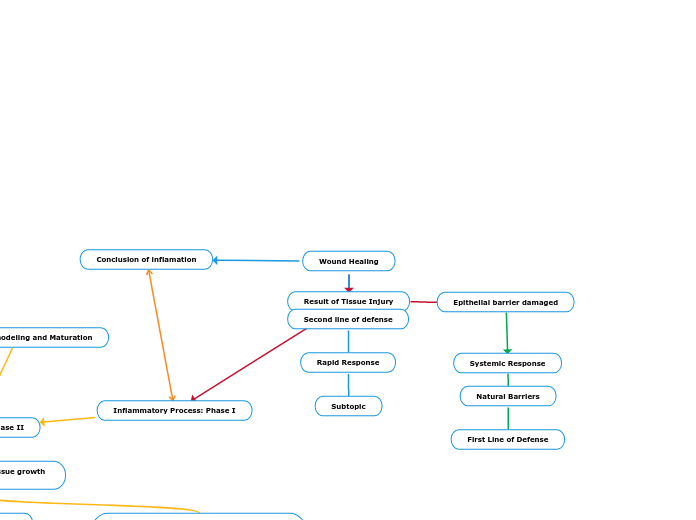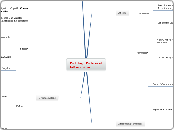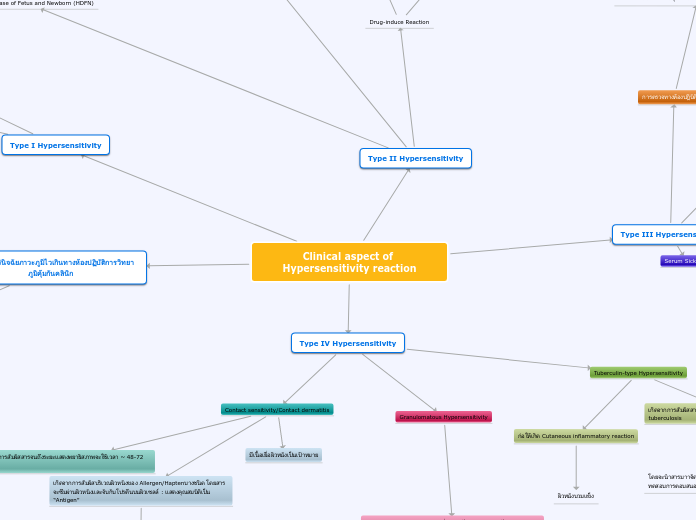The Immune System
Non Specific Innate Immunity - nonspecific defense mechanisms that come into play immediately or within hours of an antigen's appearance in the body
Second Line of Defense - non-specific phagocytes and other internal mechanisms that comprise innate immunity
Natural Killer Cells - immune cells that recognize infected human cells and cancers, which they will attack and kill the abnormal cell
APC Phagocytic WBC
Macrophages - large, specialized immune cells that recognize, engulf, and destroy target cells in tissues
Monocytes - WBC that move throughout the bloodstream
Dendritic Cells - process antigen material and present it on the cell surface to the T cells of the immune system (act as messengers between innate and the adaptive immune system)
Granulocytes - a type of immune cell that has granules
Basophils - respond to tissue injury by releasing chemicals, histamines and heparin, that cause inflammation
Eosinophils - respond to parasitic infection and allergic response by releasing many substances that neutralize toxic compounds
Neutrophils - respond to bacterial and fungal infections by destroying bacteria by phagocytosis
Inflammation - the reaction of living tissue to local injury, which purpose is to destroy, dilute and isolate the invader
First Line of Defense - provides protection against all types of potential pathogens or other potential threats by prevention of entry into the body
Genetic
incompatibility of genetics of human and cat does allow a human cold to affect the cat, and vice versa
Physical Barriers
Earwax
Cilia
Skin
Chemical
Mucus
Acids in the Stomach
Saliva
Specific Acquired Immunity - specific lymphocytes that produce antibodies as part of the adaptive immune response
Artificially Acquired - occurs when a person is given an infection of transfusion of antibodies made by someone else
Active - immunization
Passive - antibodies transfused into a person
Naturally Acquired - occurs when a person is exposed to a live pathogen, develops the disease, and becomes immune as a result
Active - actual infection by a pathogen
Passive - antibodies passed from mother to fetus or mother to child through breastfeeding
Naive B Cells - lymphocytes that matured in the none marrow
Memory B Cells - recognize pathogens for a more rapid plasma cell response if there is a subsequent exposure
Plasma Cells - create antibodies that are specific to antigens of the pathogen
Antibodies - proteins created by plasma cells in response to specific antigens
Naive T Cells - lymphocytes that matured in the thymus
Suppressor (Regulator) T Cells - subdue other T and B lymphocytes after an infection is cured
Memory T Cells - remember the pathogen for a faster response if there is a subsequent exposure
Killer (Cytotoxic) T Cells - destroy cells that are infected with the specific pathogen
Helper T Cells - coordinate immune responses by communicating with other cells









